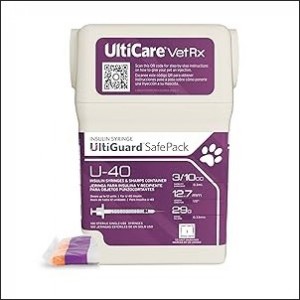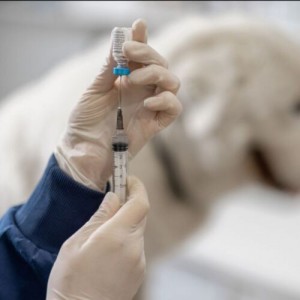Private Markets and Macroeconomic Contraction in Portfolios
Market risk has once again become a pressing concern after having been dormant for a long time due to the accommodative policies of global central banks. Therefore, it makes sense to continue to reflect on the possibilities of portfolio and investment fund management in private markets within this new economic landscape.
This is also essential for managing expectations regarding an asset class often characterized solely by prospects of higher returns. Without the element of liquidity, the options for managing the asset allocation of investment portfolios in private markets are limited and not quick. The structural rigidity, illiquidity of investments in private markets, and the slowness of their evaluation can counterbalance investors' emotions caused by market volatility, keeping them focused on the long term (this condition is a characteristic, not a flaw).
Leaving aside information about inter-period volatility, investors concentrate on the expected long-term returns without necessarily expecting an illiquidity premium, which is not the stated goal of managing such products with a minimum IRR (Internal Rate of Return that equates the present value of expected outgoing cash flows to the present value of expected incoming cash flows). The challenge is to manage the discrepancy in the narrative about expected returns for investment portfolios in private markets. Private market funds are presented with a "empty for full" narrative (in terms of returns, reference is made to IRR). The IRR represents the perspective of the "empty," that is, the maximum theoretical return (in the complex hypothesis of continuous reinvestment, which is only possible for liquid assets). The complexity of the narrative lies in the fact that the "empty" does not yield (it's not "full": it's not invested) everything all the time. The return of the "full" is the average return on capital actually invested for the real investment time. This is the annualized yield perceived by the investor:
The dissonant perception, to put it simply, is that an IRR of 20% for the "empty" does not translate into an annual progression like 100-120-140-160-180, etc., for the value of the "full" portfolio. The 20% is the return only on the portion of capital invested for the time it is invested, so the progression reflects a smoother growth rate, which, only in terms of IRR, seems to systematically produce an illiquidity premium.
Dissonance can be increased by the potential impression that the illiquidity premium on IRR implies systematic outperformance of the "full" return compared to listed markets. Although returns are calculated at longer intervals than in listed markets, this does not exempt the value of the private market investment portfolio from the impact of market risk. On one hand, there are expectations of IRR returns, and on the other, fund dynamics can lead to significantly negative average returns on capital actually invested and highlight strong correlation and underperformance compared to listed markets.
This negative economic context could have a more lasting impact than all the post-2008 market crises, which had very rapid dynamics. As a result, in the upcoming valuations, a clear co-movement into negative territory with listed markets in terms of drawdown can be noticed (corresponding to the maximum negative excursion of a strategy within a time period, where the maximum negative excursion is the difference between the highest peak and the lowest peak touched by the profit curve of a strategy or portfolio). And if they don't, it would be better for an investor with a "stable" private market investment portfolio not to assume that these valuations represent the equivalent of immediate cash availability, as one might reasonably expect for listed investments (the "resale" price of illiquid assets is affected by the drawdown attraction of the listed market).
In other words, liquidity reveals price volatility. Accepting the notion of volatility and market co-movements, explicitly understanding their impact can offer significant competitive and product and investment strategy advantages. The Great Financial Crisis was the birthplace of high returns in the subsequent decade and more. It's clear to everyone how the pandemic and the Russian military invasion have disrupted the central banks' plans (there's no fixed recipe). However, strategic positioning scenarios can be created, all the more robust when considering these macro-interactions between asset classes, which are the element that will not change this time either.
The current market situation determines a substantial difference in risk-return profiles between the portfolios of private market funds currently invested and new funds: success will come to those who can best manage the transition of risk from current positions to future ones, in both private and listed markets. The challenge in the markets is always the transfer of wealth over time."


.jpg)











List
Add
Please enter a comment